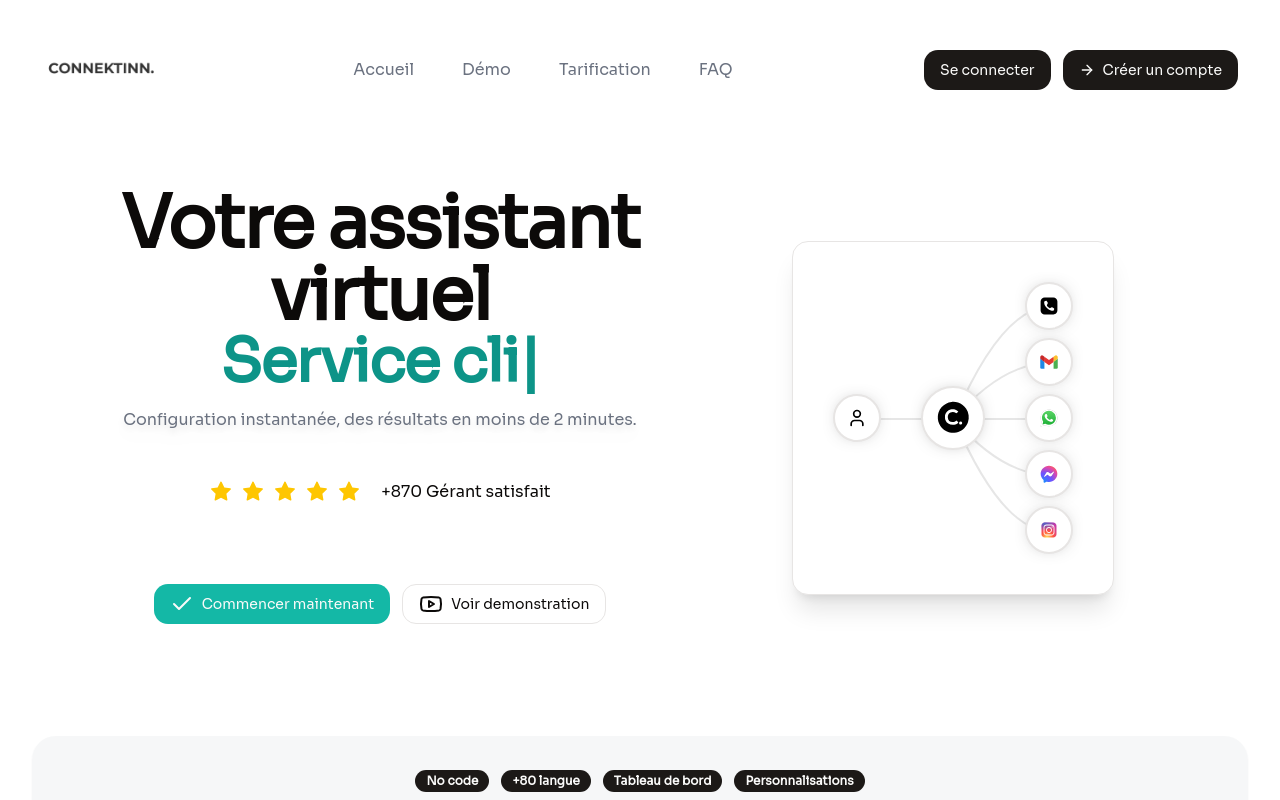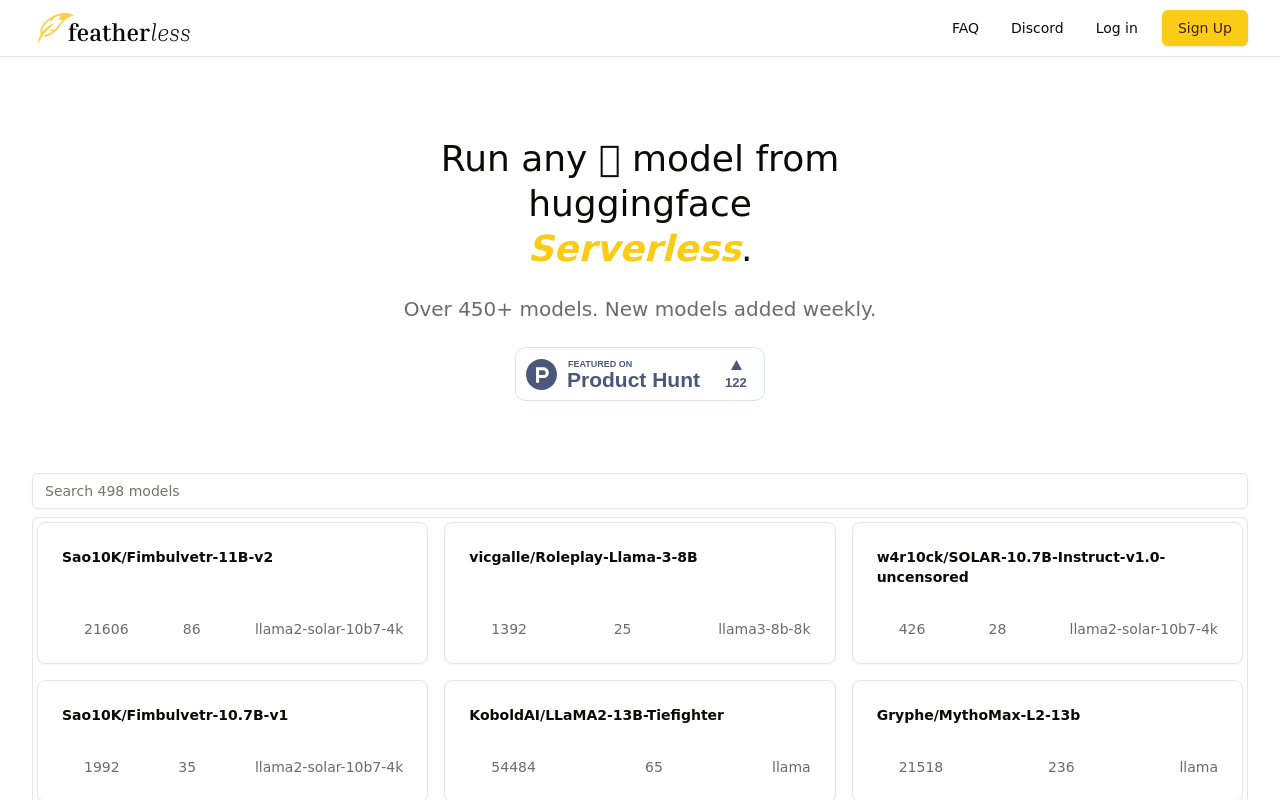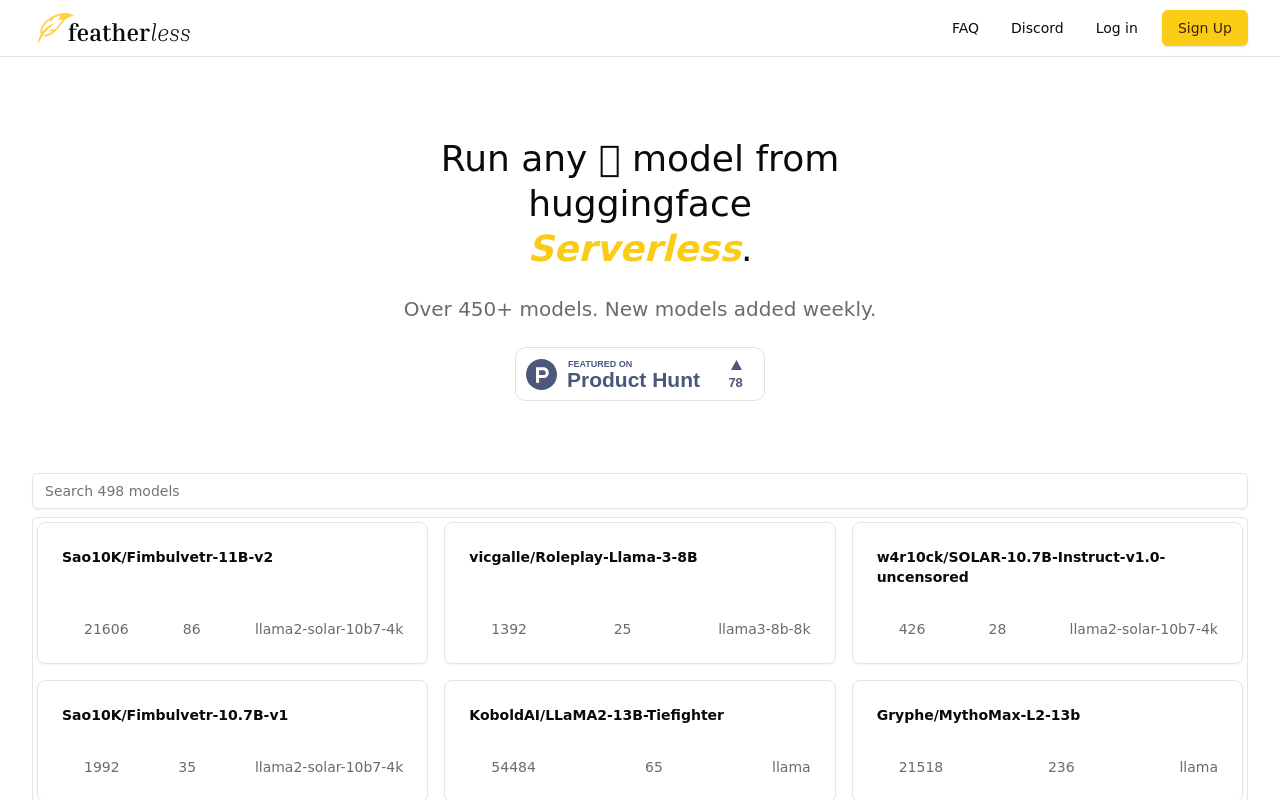Creating Assessment Tasks Based on Learning Objectives
A workflow to streamline assessment creation aligned with Bloom's Taxonomy learning objectives.
Best for:
- Educators
- Instructional Designers
- Curriculum Developers
Use cases:
- Creating aligned assessment tasks
- Streamlining assessment creation
- Improving teaching practices
Users like:
- Education Department
- Curriculum Development Department
- Instructional Design Teams
What is Creating Assessment Tasks Based on Learning Objectives?
Quick Introduction
The ‘Creating Assessment Tasks Based on Learning Objectives’ is a revolutionary workflow designed specifically for educators who seek to refine their assessment creation process. This AI-powered tool leverages Bloom’s Taxonomy to generate clear, measurable learning objectives, ensuring that every assessment task is perfectly aligned with targeted cognitive skills. It’s particularly suitable for teachers, instructional designers, and curriculum developers who aim to improve the validity and reliability of their assessments while saving time and reducing complexity.
The tool functions by guiding users through a step-by-step process to generate learning objectives and corresponding assessment tasks. This ensures that the assessments are fair and capable of accurately measuring student learning outcomes. By using this workflow, educators can enhance their teaching practice with data-driven insights, leading to improved student performance and teaching efficacy.
Pros and Cons
Pros:
- Saves time: Automates significant portions of the assessment creation process, reducing workload for educators.
- Ensures alignment: Guarantees that assessment tasks are closely aligned with learning objectives based on Bloom’s Taxonomy.
- Improves validity and reliability: Produces assessments that are fair, valid, and reliable, leading to more accurate measures of student learning.
Cons:
- Learning curve: Requires some time investment to understand its full functionalities and integration capabilities.
- Requires customization: May need customization to fit specific classroom or curriculum needs, which can be time-consuming initially.
- Potential dependencies on AI accuracy: There is inherent dependency on AI accuracy, which might occasionally lead to misalignments.
TL;DR
- Automates the creation of assessment tasks aligned with learning objectives.
- Ensures fair, valid, and reliable assessments based on Bloom’s Taxonomy.
- Saves time and reduces complexity for educators.
Features and Functionality
- Objective Generation Assistant: This feature helps generate clear, measurable learning objectives based on Bloom’s Taxonomy. It ensures educators target specific cognitive skills required for assessments.
- Assessment Task Generator: Automatically creates assessment tasks that are aligned with the defined learning objectives, ensuring validity and reliability in measuring student performance.
- Customization Options: Allows educators to tailor objectives and assessment tasks to fit specific teaching contexts or curriculum requirements.
- Data-Driven Insights: Provides insights into student performance data, helping educators refine their teaching strategies and improve outcomes.
- Integrated Workspace: Users can save results and add their own data for better context, further customizing the workflow and sharing it with others.
Integration and Compatibility
The ‘Creating Assessment Tasks Based on Learning Objectives’ workflow is primarily designed as a standalone AI tool. However, it integrates seamlessly with popular educational platforms like Google Classroom and Learning Management Systems (LMS) such as Moodle.
Do you use Creating Assessment Tasks Based on Learning Objectives?
This compatibility ensures a smooth integration within an educator’s existing tech ecosystem.
Benefits and Advantages
- Time Efficiency: Significantly saves time in creating assessment tasks, allowing educators to focus more on teaching and less on administrative tasks.
- Improved Accuracy: Enhances the precision of assessments aligning tasks with educational objectives efficiently.
- Elevated Teaching Practices: Offers data-driven insights that help in modifying and improving teaching strategies for better student outcomes.
- Enhanced Reliability: Enhances the fairness, validity, and reliability of assessments, ensuring better measurement of student learning.
Pricing and Licensing
Please refer to the MindPal website for detailed pricing information. Various plans and tiers are likely available to fit different educational institution needs and sizes. Typically, options include free trials and subscription-based models, for more committed usage.
Support and Resources
Users of the ‘Creating Assessment Tasks Based on Learning Objectives’ workflow have access to robust support options including detailed documentation, customer service, and a comprehensive FAQ section on the MindPal website. Additionally, there may be a community forum for user interactions and shared insights.
Creating Assessment Tasks based on Learning Objectives as an alternative to:
This tool can be seen as an alternative to general curriculum and assessment creation tools like ExamView or ClassMarker. While these tools offer good question formatting and general assessment features, they often lack the specific alignment with educational objectives guided by Bloom’s Taxonomy, which ‘Creating Assessment Tasks Based on Learning Objectives’ excels at.
Alternatives to Creating Assessment Tasks Based on Learning Objectives
- ExamView: Suitable for generating dynamic assessments and quizzes but lacks specific alignment with Bloom’s Taxonomy.
- ClassMarker: Good for online exams and quizzes with various customization but does not necessarily guide educators on aligning tasks with learning objectives.
- Google Forms: Useful for creating assessments but requires manual input and lacks targeted alignment features based on educational objectives.
Conclusion
In summary, the ‘Creating Assessment Tasks Based on Learning Objectives’ workflow is a game-changer for educators aiming to create fair, valid, and reliable assessments efficiently. Its alignment with Bloom’s Taxonomy, coupled with time-saving automation features, provides instructors with essential tools to enhance their teaching practices and improve student outcomes.



